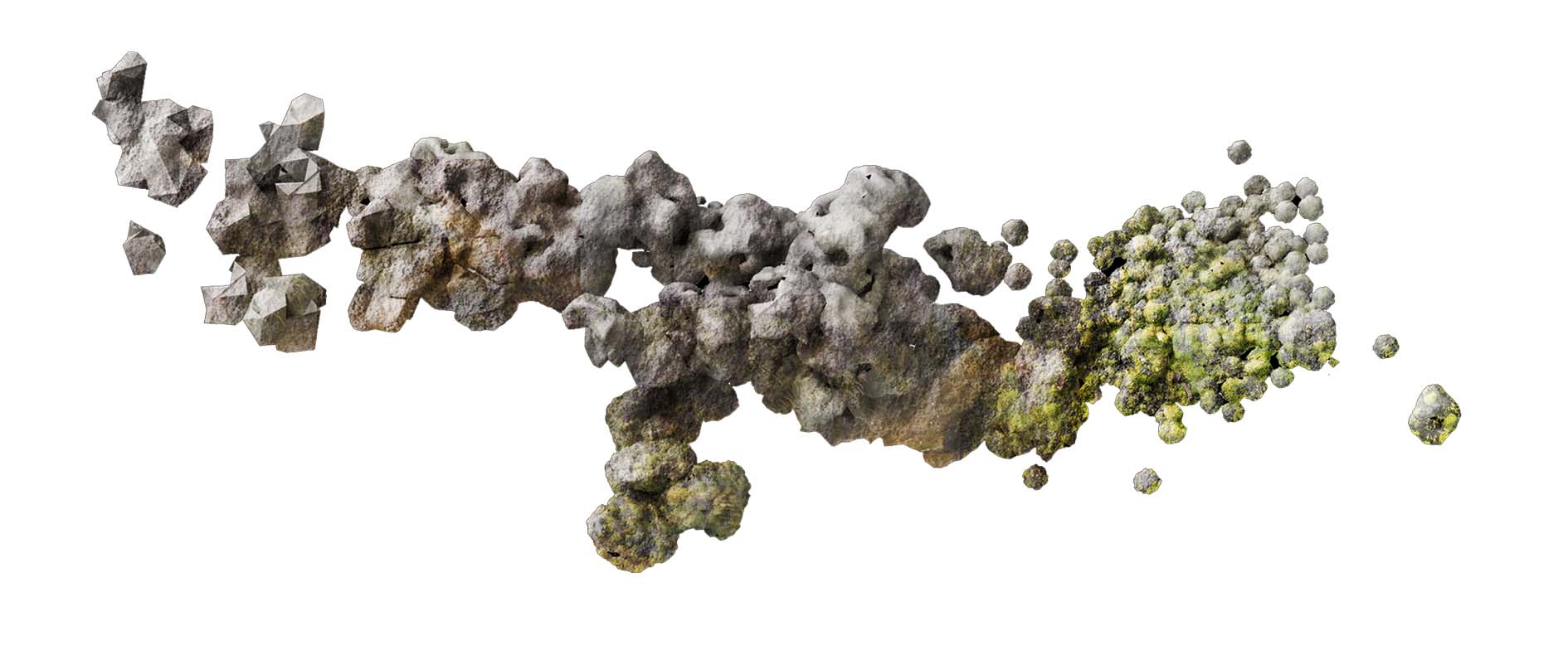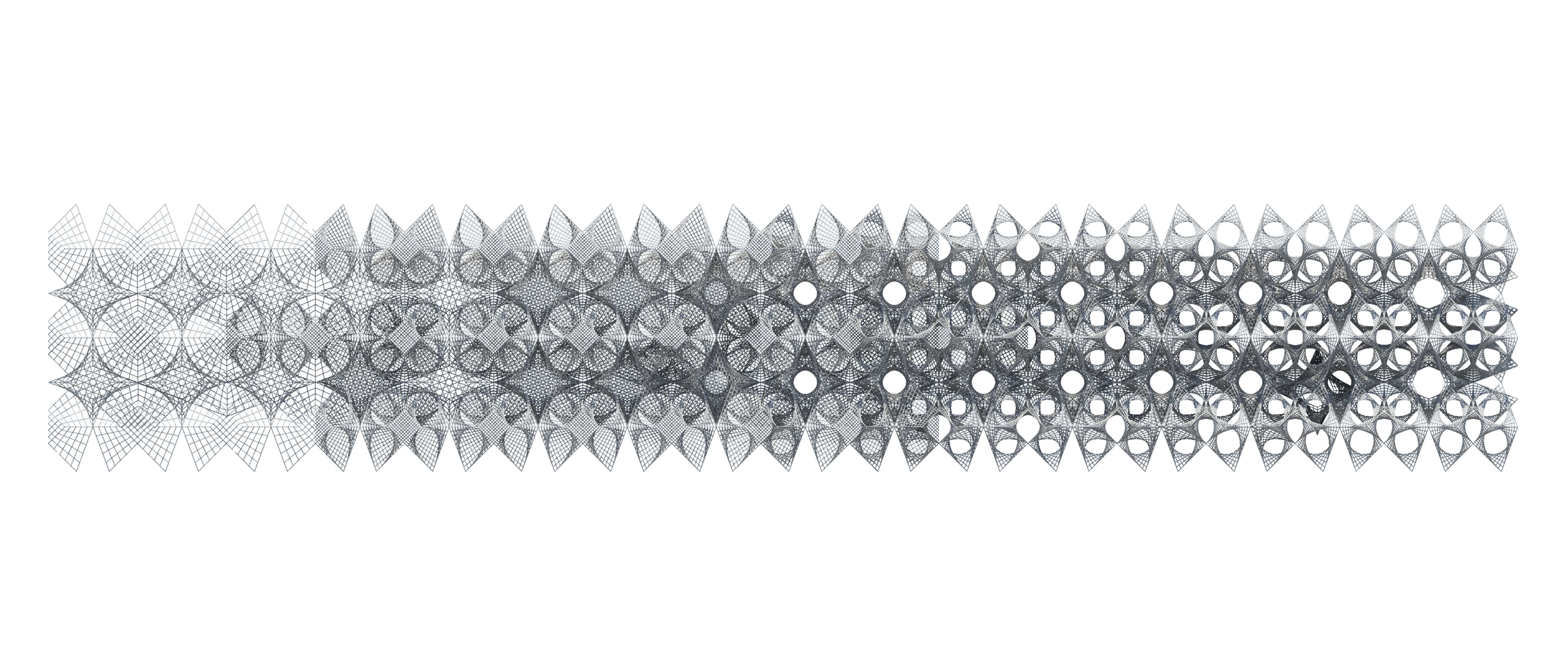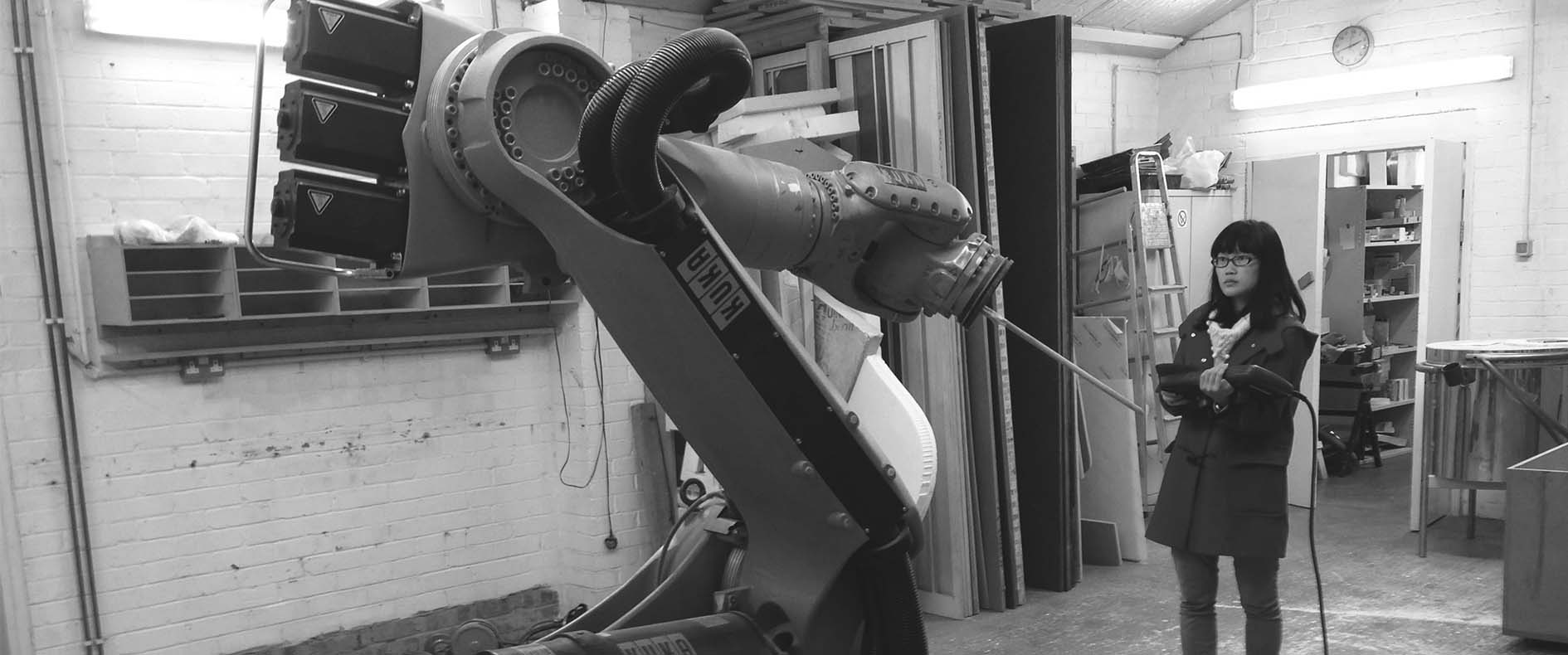STUDY
The transforming of architectural forms from two dimensional plans into three dimensional models has been explored by architects, industrial designers and building constructors throughout architectural history. Over the past decade, improvements with digital technology sparked a new way of manufacturing rapidly and in an intelligent way. Meanwhile, it also redefined the relationship between designing and making. Whilst the fourth dimension, time, is involved into architectural design more so than any of the other design professions. Diverse projects will show the potential of digitization and fabrication. Architects are aiming to provide adaptable buildings, which can meet modern citizens’ general function requirements and aesthetical demands. In these studies, some revolutionary fabrication methods in the constantly developing architectural history will be reviewed, such as the initial transformative dimension projects. These projects are relying on manual craft, digital fabrication, and interactive adapted architecture. Based on a set of in-term projects, a preliminary exploration in terms of interactive design and making will be made. Some particular fabricating processes will be attempted and tested. Also, some creative manufacturing methods and also material experiments will be evaluated.



